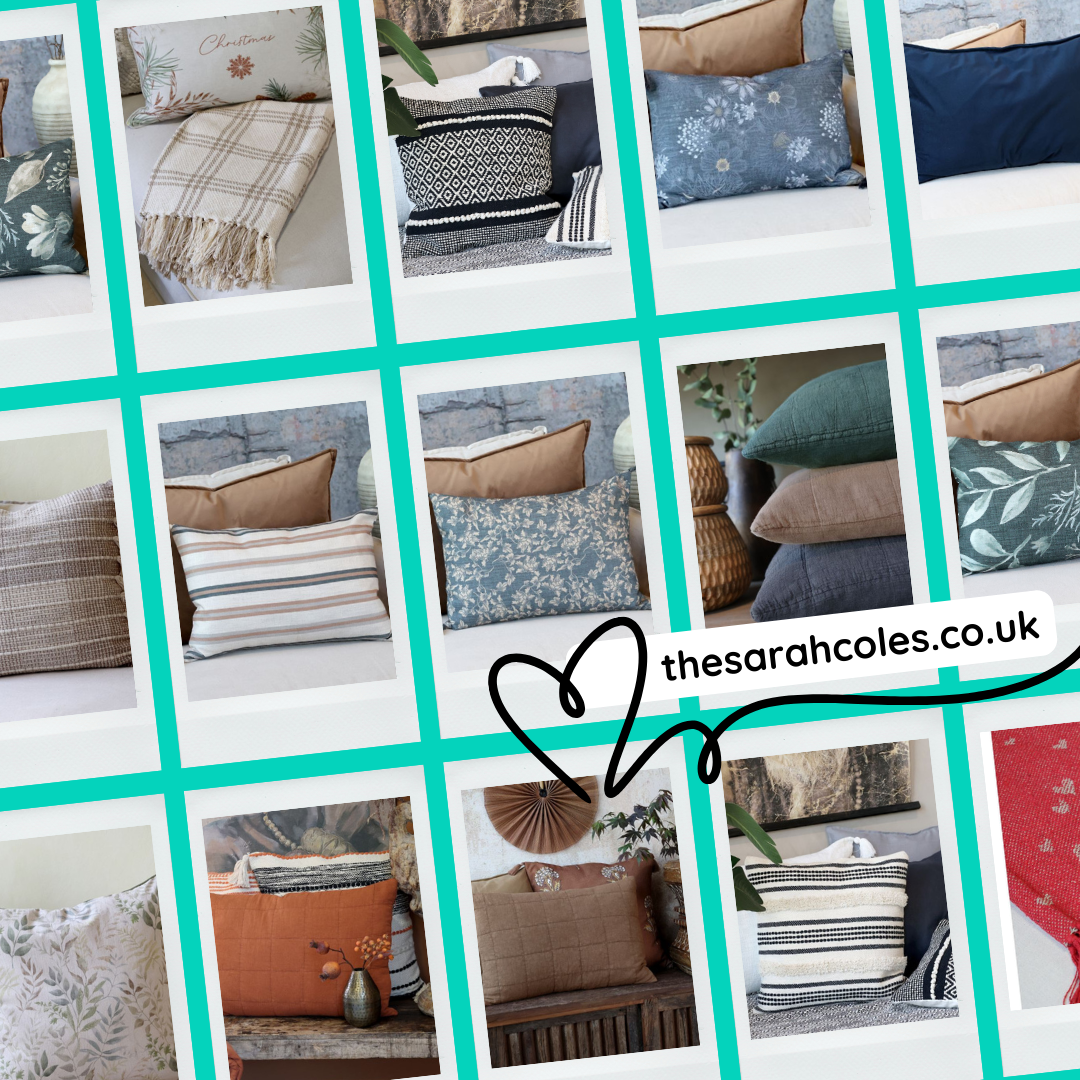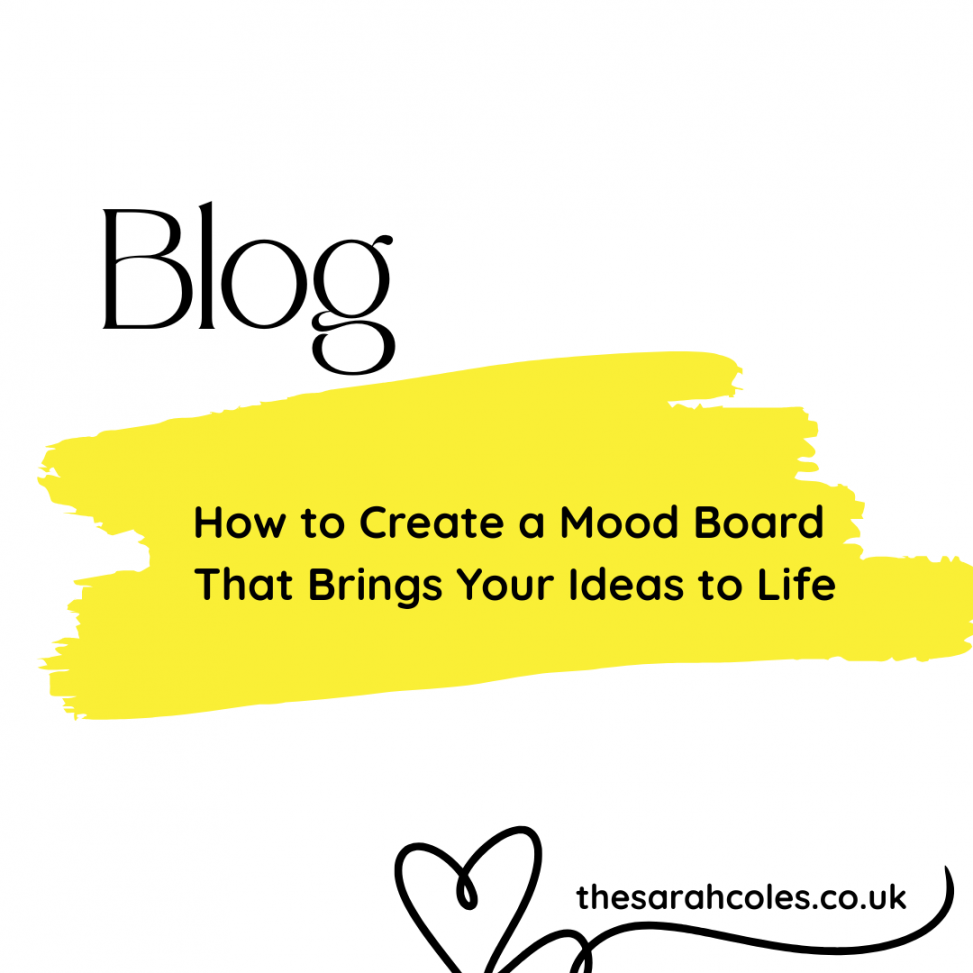Have you ever struggled to explain your vision for a project? Whether you’re planning a wedding, redesigning your living room, or developing a brand identity, translating abstract ideas into something concrete can feel overwhelming. This is where mood boards come to the rescue.
A mood board is a visual collection of images, colours, textures and words that captures the essence of your creative vision. Think of it as a roadmap for your project—one that helps you stay focused while communicating your ideas clearly to others.
Creating an effective mood board doesn’t require artistic expertise or expensive software. With the right approach and tools, you can craft compelling visual narratives that guide your projects from concept to completion. This guide will walk you through everything you need to know about mood boards, from understanding their purpose to creating your first one.
What Is a Mood Board?
A mood board is a visual collage that communicates the style, tone, and direction of a creative project. It combines images, colour palettes, typography, textures and sometimes words to create a cohesive representation of your vision.
Originally used by fashion designers and interior decorators, mood boards have expanded across industries. Graphic designers use them to establish brand aesthetics, wedding planners create them to capture couples’ dreams, and even home cooks compile them for dinner party themes.
The beauty of a mood board lies in its flexibility. It can be as simple as a few magazine clippings pinned to a cork board or as sophisticated as a digital collage featuring hundreds of carefully curated elements.
When Mood Boards Prove Most Helpful
Mood boards excel in situations where visual communication trumps verbal explanation. Here are the most common scenarios where they prove invaluable:
Creative Projects: Whether you’re designing a logo, planning a photoshoot, or decorating a room, mood boards help establish the aesthetic direction before you begin.
Event Planning: From birthday parties to corporate events, mood boards ensure all vendors and participants understand the desired atmosphere.
Personal Style Development: Exploring your fashion sense or home décor preferences becomes clearer when you can see your tastes visually organised.
Brand Development: Businesses use mood boards to define their visual identity, ensuring consistency across all marketing materials.
Goal Setting: Vision boards, a type of mood board, help visualise personal or professional aspirations, making abstract goals feel more achievable.
The Benefits of Creating Mood Boards
Working with mood boards offers several practical advantages that extend beyond their visual appeal.
Clarity and Focus: By collecting visual references in one place, you can identify patterns and themes that might not be obvious initially. This process helps refine your vision and eliminate elements that don’t align with your goals.
Improved Communication: Mood boards provide a universal language that transcends verbal descriptions. Showing someone your mood board is far more effective than trying to explain why you want “rustic but modern” décor.
Time and Money Savings: Having a clear visual reference prevents costly mistakes and reduces the time spent on revisions. You’ll make decisions more quickly when you have a defined aesthetic to guide you.
Creative Inspiration: The process of creating a mood board often sparks new ideas and connections you hadn’t considered. It’s not uncommon to discover exciting directions while collecting images.
Collaborative Tool: When working with others, mood boards ensure everyone shares the same vision from the start, reducing misunderstandings and conflicting interpretations.
Potential Drawbacks to Consider
While mood boards offer numerous benefits, they’re not without limitations.
Over-Reliance on Existing Ideas: Mood boards draw heavily from existing content, which might limit original thinking. There’s a risk of creating something that feels derivative rather than innovative.
Analysis Paralysis: The abundance of visual options available online can lead to endless browsing without making progress. Some people become so focused on perfecting their mood board that they never start their actual project.
Mismatched Expectations: A mood board represents an idealised version of your vision. Real-world constraints like budget, timeline, or available materials might prevent you from achieving exactly what you’ve visualised.
Copyright Concerns: Using images from the internet for commercial mood boards can raise copyright issues. Always ensure you have permission to use images, especially for business purposes.
How to Create Your First Mood Board
Creating an effective mood board follows a straightforward process that anyone can master.
Step 1: Define Your Purpose
Start by clarifying what you want to achieve. Write down your project goals and the specific feeling or atmosphere you want to create. This foundation will guide your image selection and keep you focused.
Step 2: Gather Your Materials
Collect images that resonate with your vision. Don’t overthink this stage—include anything that feels relevant, even if you’re not sure why. You’ll refine your selection later.
Sources for inspiration include:
- Pinterest boards
- Magazine clippings
- Personal photographs
- Online image galleries
- Nature and architecture
- Fabric swatches and colour samples
Step 3: Organise and Arrange
Group similar elements together and look for patterns. Remove anything that doesn’t align with your emerging theme. Experiment with different arrangements until the composition feels balanced and cohesive.
Step 4: Refine Your Selection
Pare down your collection to the most essential elements. A focused mood board with 10-15 strong images is more effective than a cluttered one with 50 mediocre ones.
Step 5: Test and Iterate
Share your mood board with trusted friends or colleagues. Their feedback might reveal aspects you hadn’t considered or confirm that you’re on the right track.
Digital Tools for Modern Mood Boards
Digital mood board creation has revolutionised the process, offering flexibility and professional results without artistic skills.
Pinterest remains the most popular platform for mood board creation. Its user-friendly interface and vast image library make it perfect for beginners. You can create multiple boards for different aspects of your project and easily collaborate with others.
Canva provides structured templates and design elements, making it ideal for those who want a more polished result. Its drag-and-drop functionality simplifies the arrangement process.
Milanote caters specifically to creative professionals, offering features like notes, links, and task lists alongside visual elements. It’s particularly useful for complex projects requiring detailed planning.
Adobe Creative Suite (Photoshop, InDesign) offers the most control for experienced users who need precise layouts or plan to use their mood boards in professional presentations.
The Traditional Approach: Physical Mood Boards
Despite digital convenience, physical mood boards offer unique advantages that many creators still prefer.
Tactile Experience: Handling physical materials—fabric swatches, paint chips, printed photographs—provides sensory information that screens cannot replicate.
No Digital Distractions: Working offline keeps you focused on the task without the temptation of endless online browsing.
Permanent Display: A physical mood board on your wall serves as constant inspiration throughout your project.
Collaborative Workshops: Physical mood boards work brilliantly for group brainstorming sessions where participants can contribute materials simultaneously.
To create a physical mood board, you’ll need a large piece of foam core or cork board, double-sided tape or pins, scissors, and your collected materials. The process mirrors digital creation but requires more intentional placement since changes are less easily reversible.
Making Mood Boards Work for Different Projects
The specific approach to mood board creation varies depending on your project type.
Interior Design: Focus on colour schemes, furniture styles, lighting, and texture combinations. Include room layouts and architectural details that inspire you.
Fashion and Personal Style: Collect outfit combinations, colour palettes, and lifestyle images that represent how you want to feel in your clothes.
Branding Projects: Emphasise typography, colour psychology, and imagery that reflects your brand values. Include competitor analysis and target audience lifestyle images.
Event Planning: Capture the desired atmosphere through lighting, décor, and activity images. Don’t forget practical elements like venue layouts and logistics.
Start Creating Your Vision Today
Mood boards transform abstract ideas into concrete visual guides that make any creative project more manageable and successful. Whether you choose digital tools or traditional methods, the key is to start experimenting and trust the process.
Remember that your first mood board won’t be perfect, and that’s completely fine. The real value comes from the clarity and inspiration you gain along the way. Each mood board you create will teach you something new about your creative preferences and project needs.
Begin with a small project—perhaps planning a room refresh or organising a dinner party. As you build confidence with the process, you’ll find countless ways to apply mood boarding to both personal and professional endeavours. Your future self will thank you for taking the time to visualise your ideas before diving into execution.
Further Reading: Master Your Schedule: A Guide to Diary Organisation, Say Goodbye to Desk Envy for Good, How to Organise that “Messy Drawer”
Follow Me On Instagram for Daily Inspiration: @thriftyhomeandgarden or @the_sarah_coles






